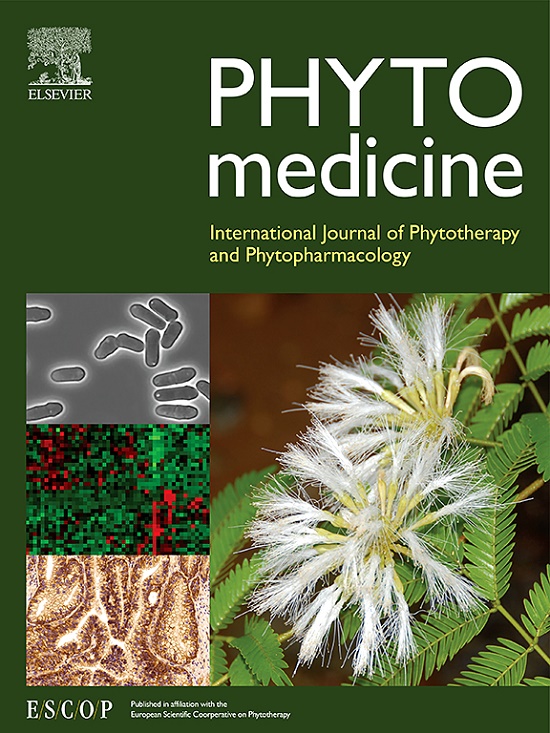β-Ionone suppresses colorectal tumorigenesis by activating OR51E2, a potential tumor suppressor
IF 6.7
1区 医学
Q1 CHEMISTRY, MEDICINAL
引用次数: 0
Abstract
Background
Olfactory receptors (ORs) are present in non-olfactory tissues and contribute to diverse biological roles beyond smell perception. Among them, OR51E2 has been associated with cancer biology, and its activator, β-ionone, a natural terpenoid, is known to have anticancer effects.
Purpose
This study aimed to clarify the tumor-suppressive role of OR51E2 in colorectal cancer (CRC), unravel the regulatory mechanism underlying its downregulation, and evaluate the therapeutic potential of β-ionone, an OR51E2 ligand, in CRC progression.
Study design and methods
OR51E2 expression was analyzed in human CRC tissues, matched adjacent normal tissues, and cell lines. The involvement of N6-methyladenosine (m6A) modification of OR51E2 mRNA stability was examined using METTL3/14 and YTHDF1/2/3 knockdown experiments. β-Ionone-mediated effects on intracellular calcium signaling, cell proliferation, migration, and apoptosis were evaluated in an OR51E2-dependent manner. The therapeutic efficacy of β-ionone was further evaluated in vivo using a xenograft model in nude mice.
Results
OR51E2 mRNA expression and immunoreactivity were significantly reduced in CRC cells and tissues due to decreased mRNA stability. Knockdown of METTL3/14 or YTHDF1/2/3 increased OR51E2 mRNA and protein expression and inhibited CRC cell proliferation. Treatment with STM2457, an METTL3 inhibitor, restored OR51E2 expression and suppressed CRC cell proliferation. β-Ionone, a ligand of OR51E2, increased intracellular calcium levels, decreased MEK/ERK phosphorylation, and inhibited CRC cell proliferation while inducing apoptosis. These effects were abolished in OR51E2 knockdown cells. In a xenograft model, β-ionone administration (5 and 10 mg/kg body weight) significantly reduced tumor growth.
Conclusion
This study identifies m6A modification as a critical mechanism underlying the downregulation of OR51E2 in CRC. Activation of OR51E2 by β-ionone suppresses CRC cell proliferation and induces apoptosis by elevating intracellular calcium levels, which inhibits the MEK-ERK pathway. These findings highlight OR51E2 as a potential therapeutic target and suggest that β-ionone or m6A inhibition may represent novel strategies for CRC treatment.

求助全文
约1分钟内获得全文
求助全文
来源期刊

Phytomedicine
医学-药学
CiteScore
10.30
自引率
5.10%
发文量
670
审稿时长
91 days
期刊介绍:
Phytomedicine is a therapy-oriented journal that publishes innovative studies on the efficacy, safety, quality, and mechanisms of action of specified plant extracts, phytopharmaceuticals, and their isolated constituents. This includes clinical, pharmacological, pharmacokinetic, and toxicological studies of herbal medicinal products, preparations, and purified compounds with defined and consistent quality, ensuring reproducible pharmacological activity. Founded in 1994, Phytomedicine aims to focus and stimulate research in this field and establish internationally accepted scientific standards for pharmacological studies, proof of clinical efficacy, and safety of phytomedicines.
 求助内容:
求助内容: 应助结果提醒方式:
应助结果提醒方式:


